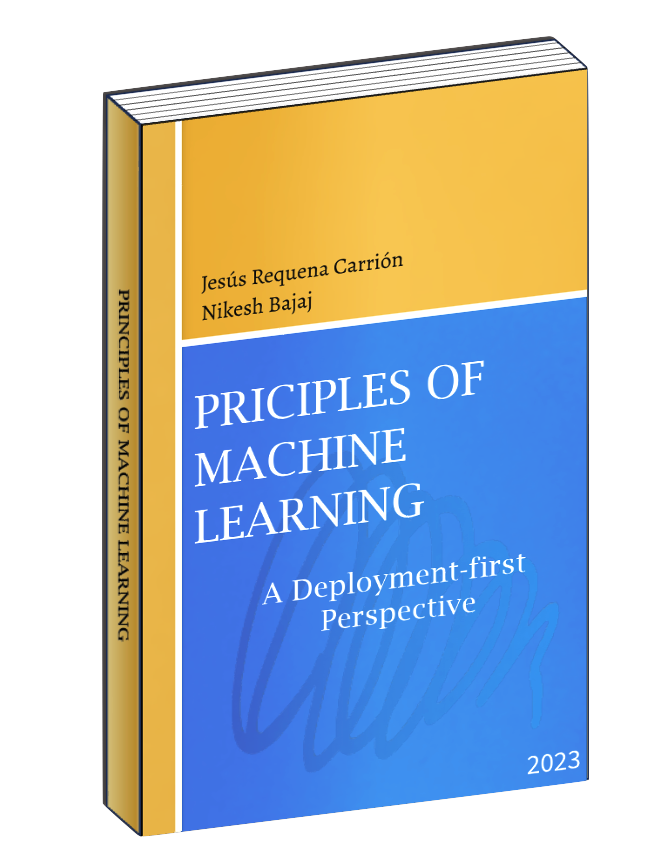I'm Nikesh Bajaj, recently joined Queen Mary University of London, as a Lecturer (~ Asst. Prof.).
and working with Imperial College London as an Honorary Research Associate.
- 🔊 My PhD work: PhyAAt: Physiology of Auditory Attention, Check out here https://PhyAAt.github.io, all the data, code and files are shared. Recieved in 2019, from Queen Mary University of London.
- 🔊 I have a few libraries, you might find useful: SpKit, PhyAAt, RegML, PyLFSR check all here - PyPI/nikeshbajaj.
- 🔊 Recently, I was invited as a guest speaker by deeplearning.ai for NLP Learing Community Event, where I shared my journay to AI, my PhD work and current work on Decetion Detection. Take a look - YouTube
- 👯 I'm also a consultant with deeplearning.ai for a few Coursera specializations, and a mentor for NLP, GANs, and Tensorflow: Advanced Techniques And a course: Audio and Speech Processing for Music Applications.
- 🌱 I'm currently leanring more of Convax Optimization, Computational Neuroscience, Mathematics.
| Libraries | Total downloads | Description |
|---|---|---|
| spkit | Signal Processing ToolKit - https://SpKit.github.io |
|
| phyaat | Physiology of Auditory Attention - https://PhyAAt.github.io (PhD work) |
|
| pylfsr | Linear Feedback Shift Register - https://PyLFSR.github.io/ |
|
| regml | Regularization Techniques for Machine Learning - https://nikeshbajaj.github.io/Regularization_for_Machine_Learning/ | |
| mlend | MLEnd Datasets - https://MLEndDatasets.github.io |
-
✨ https://PhyAAt.github.io (PhD work)
-
✨ https://SpKit.github.io (Signal Processing techniques & Machine Learning library)
-
✨ https://PyLFSR.github.io (Linear Feedback Shift Register: Python lib)
-
✨ https://C4FA.github.io (Fun project)
-
✨ https://MLEndDatasets.github.io (Datasets for ML and AI)
-
✨ https://PMLBook.github.io (Book: Principles of Machine Learning)
-
🌱Publications/patent: ✨ Google Scholar
- 📫 How to reach me: • Homepage: https://nikeshbajaj.in • LinkedIn: https://www.linkedin.com/in/bajajnikesh/ • Email: nikkeshbajaj[AT]gmail[dot]com ,n[dot]bajaj[AT]imperial[dot]ac[dot]uk,n[dot]bajaj[AT]qmul[dot]ac[dot]uk






